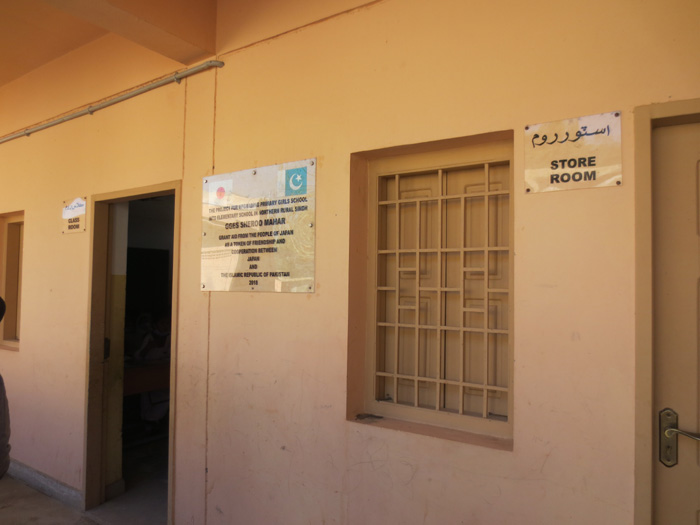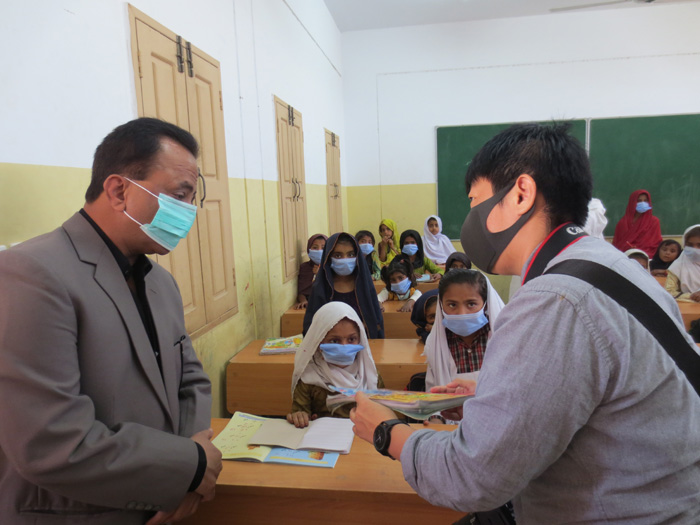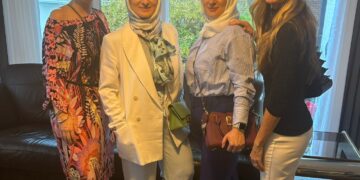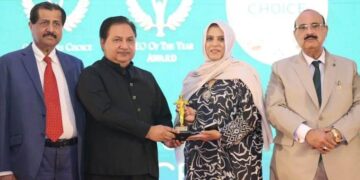KARACHI – To increase local awareness of Japanese Government Assistance Projects and its initiatives in Pakistan, the Consulate-General of Japan in Karachi reports on the latest situation of two project sites. We would like to introduce “Sukkur Blood Hospital” and “Government Girls Elementary School in Ghotki” as good examples of Japan’s contribution towards Pakistan’s development in various fields such as education, agriculture and human security.
Sukkur Blood Bank & Hospital (SBDDS)
The hospital, which specializes in thalassemia as well as maternal and child health care, was provided with incubators and hospital beds for newborns as part of a Grant Assistance for Grassroots Human Security Projects (GGP) grant awarded in 2015.
In the northern Sindh, there is a lack of enough maternal and child healthcare services. Before the establishment of the ward, the number of women and children visiting the hospital was about 15,000 per year, and the hospital was not able to accomodate more. After completion of the project, however, the hospital has accepted more than 10 times the number of patients per annum.
During the visit, it was confirmed that the incubators were properly maintained and in good working condition. The beds in the pediatric ward, however, are currently not in use due to proximity restrictions because of Covid-19 (they are arranged in a large room without partitions). The hospital has nonetheless been operating throughout the pandemic.
Government Girls Elementary Schools, Sheroo Mahar, Ghotki, Sindh
The school, located in Ghotki district of Sindh province, is one of the 25 schools targeted by JICA’s “Project for Upgrading Primary Girls Schools into Elementary Schools in Northern Rural Sindh,” for which an Exchange of Note was signed in 2016. The Consulate staff visited the school in March. The building was clean and in good condition and educational activities were conducted in accordance with Covid-19 SOPs.
It is pertinent to mention that the project has had significant impact on girls’ enrollment. The accumulated current enrolment of all 54 schools (25 in northern Sindh and 29 in similar project in southern Sindh) at the primary level is 9,679 students, and 6,124 students at the middle-school level, which was the planned impact after 3 years of the project implementation in pre-Covid scenario.
Furthermore, the grants for these schools have also successfully safeguarded against the potential dropout risks due to Covid-19 related school closures. These JICA funded schools faced a 50% dropout rate for girls, primarily because of the lack of middle schools in the area for them to graduate to. After the schools were upgraded, however, a 70% to 80% improvement was witnessed in retention rate, and the dropout rate has also reduced significantly, from 50% to between 20% and 30%. The project has also enhanced the role of community in schools by providing opportunities for minorities, fosteringinter-faith harmony and combating social issues through education.
Finally, the projects have garnered an appreciation for Japan’s efforts for the uplift of remote communities through the Grant Assistance programme, all the while getting first-hand knowledge of Japan’s culture and people.


















